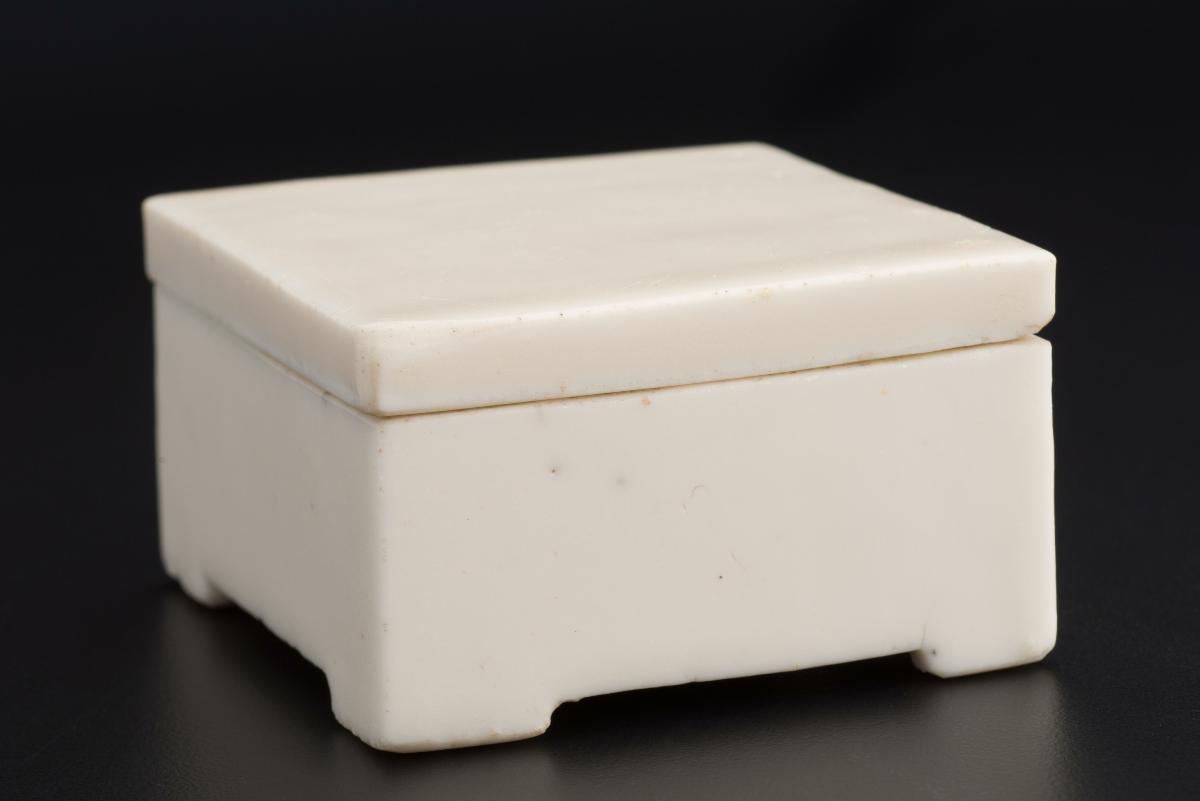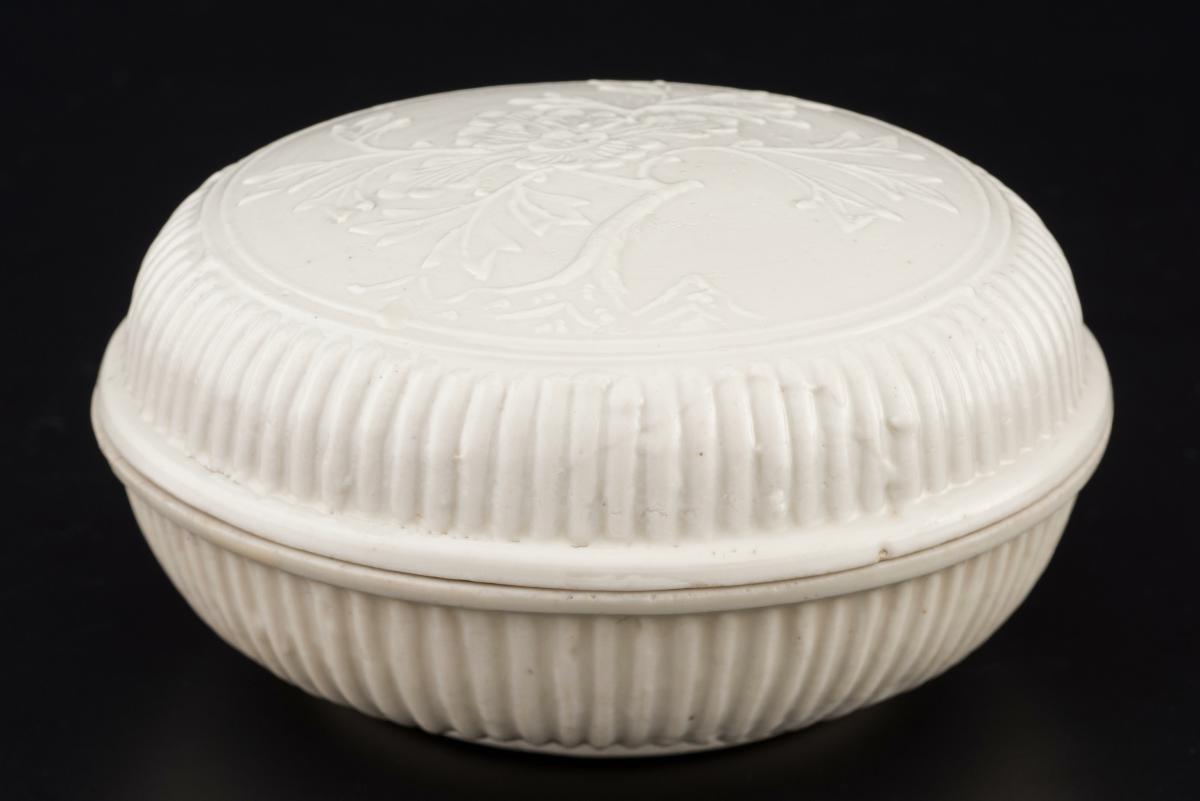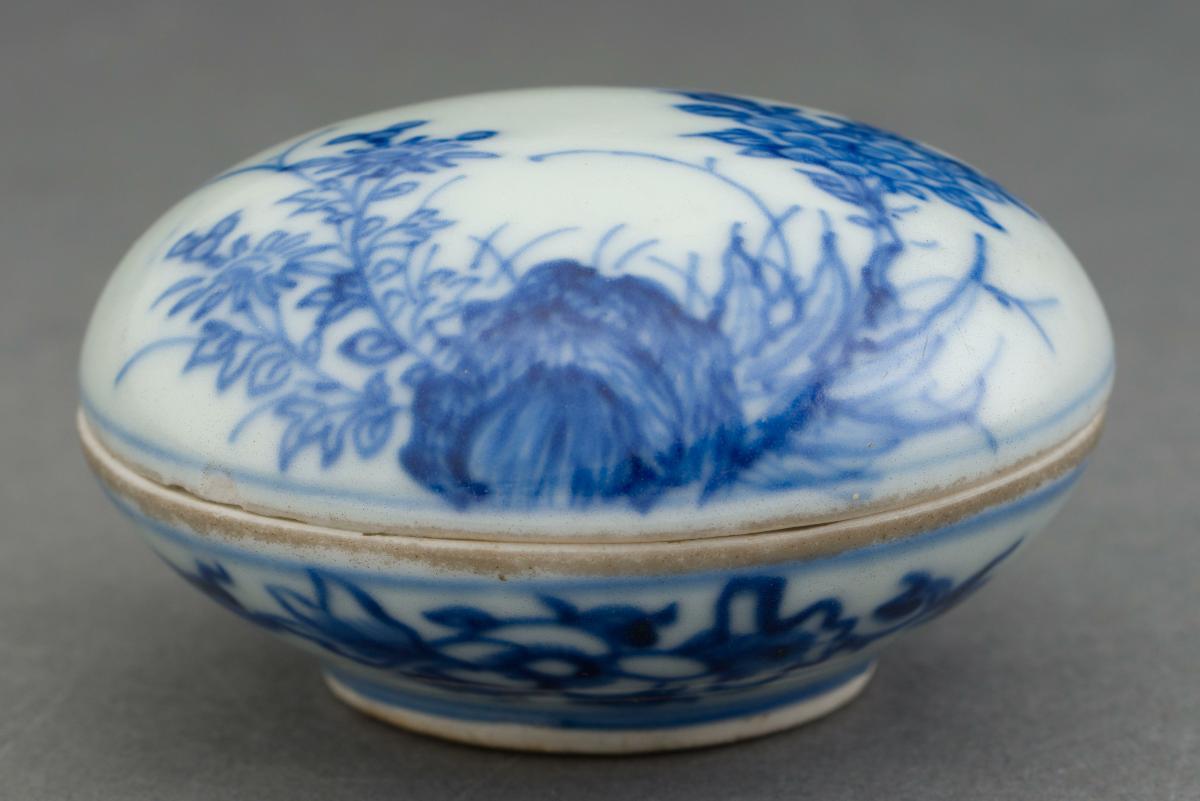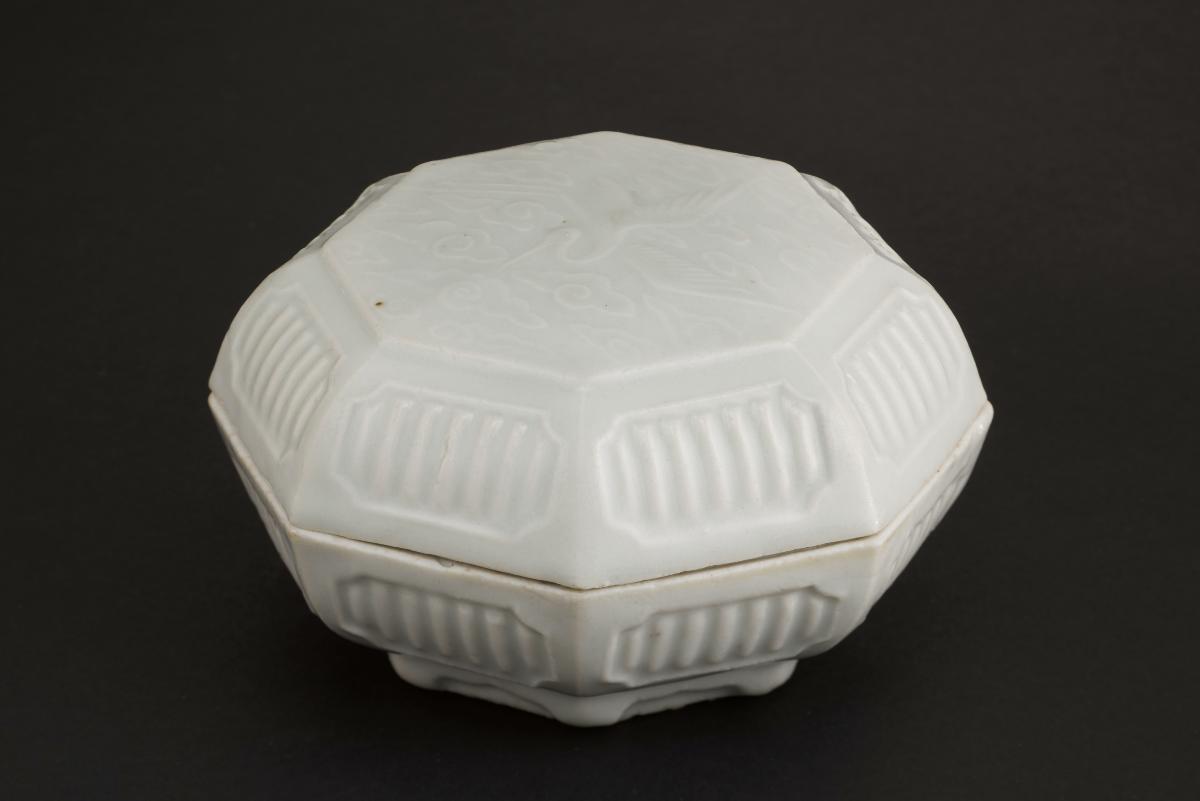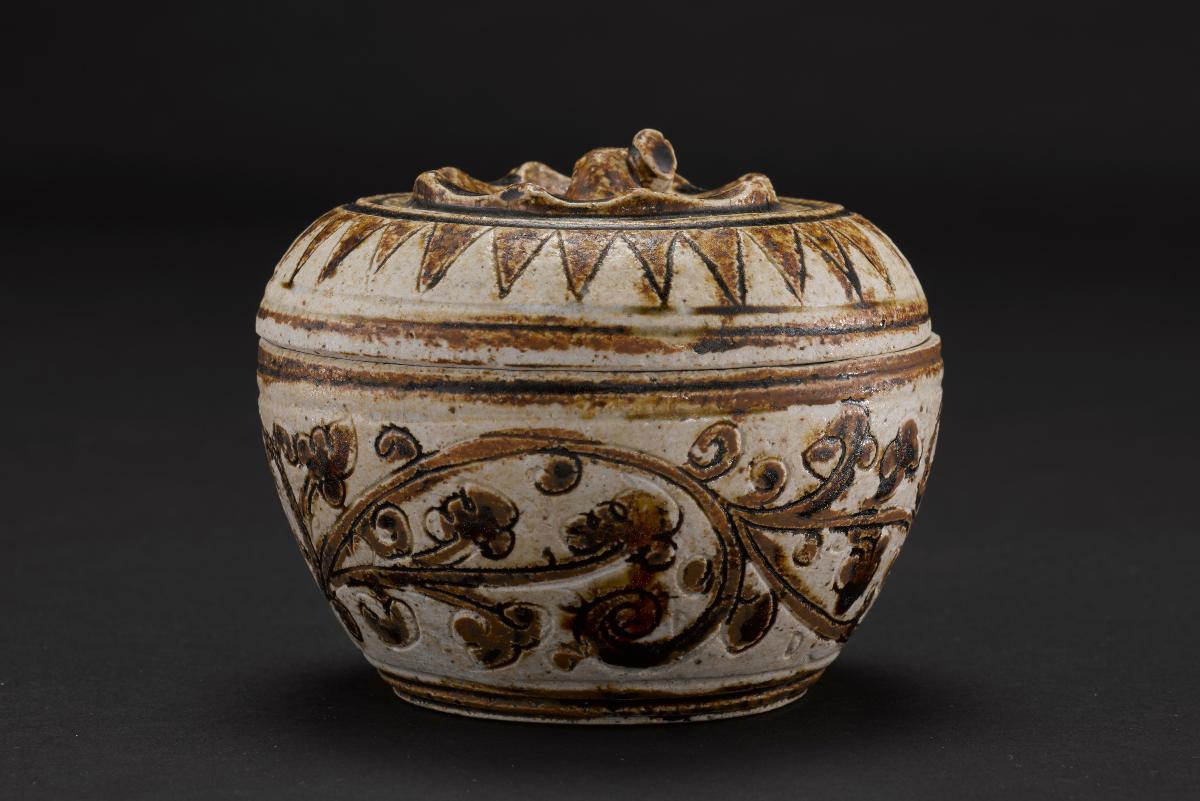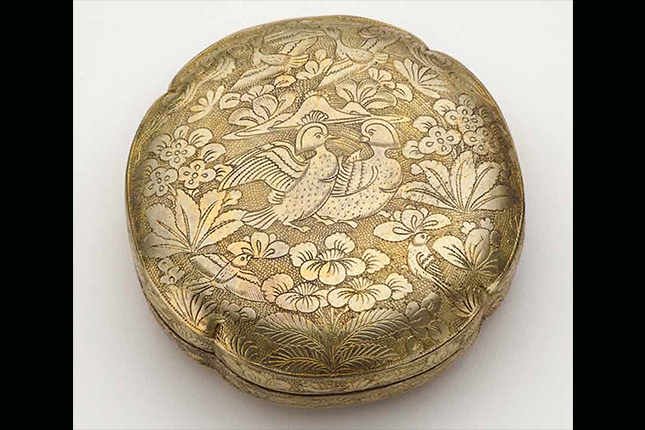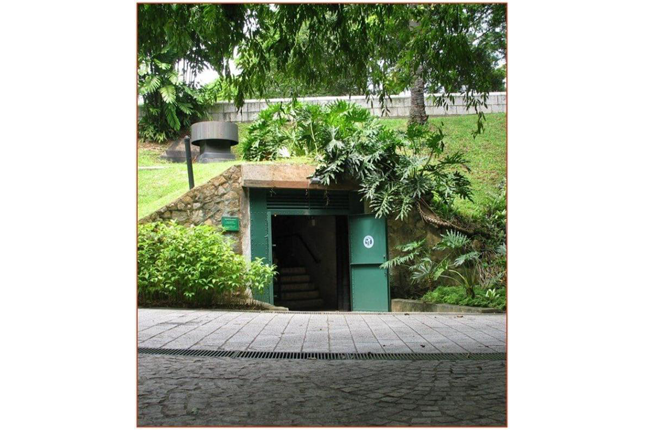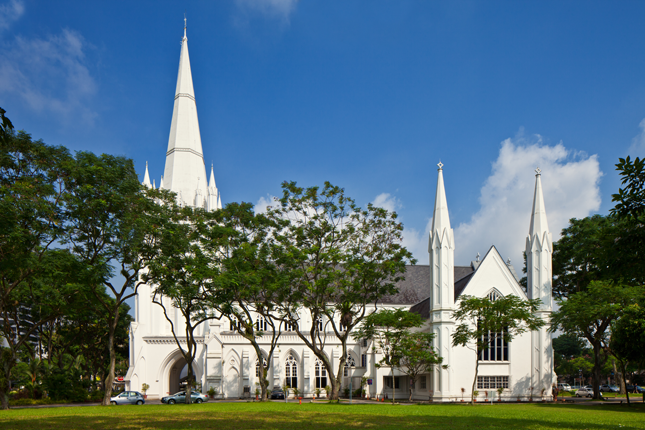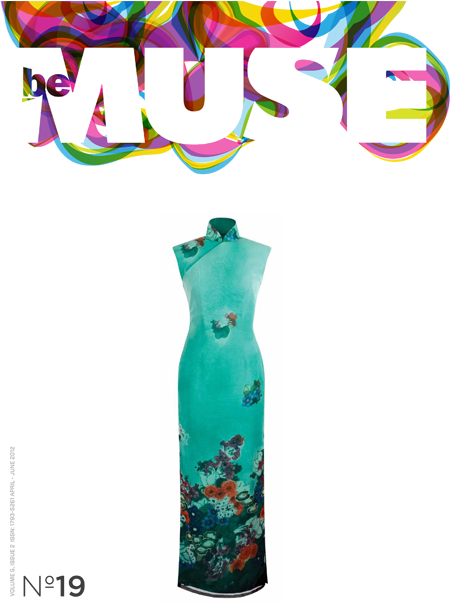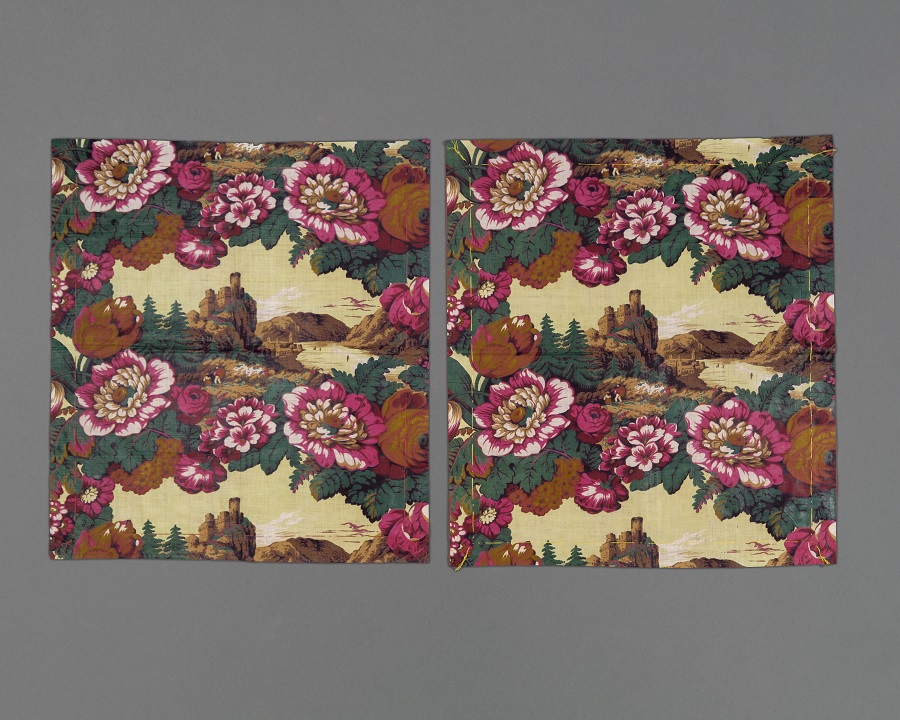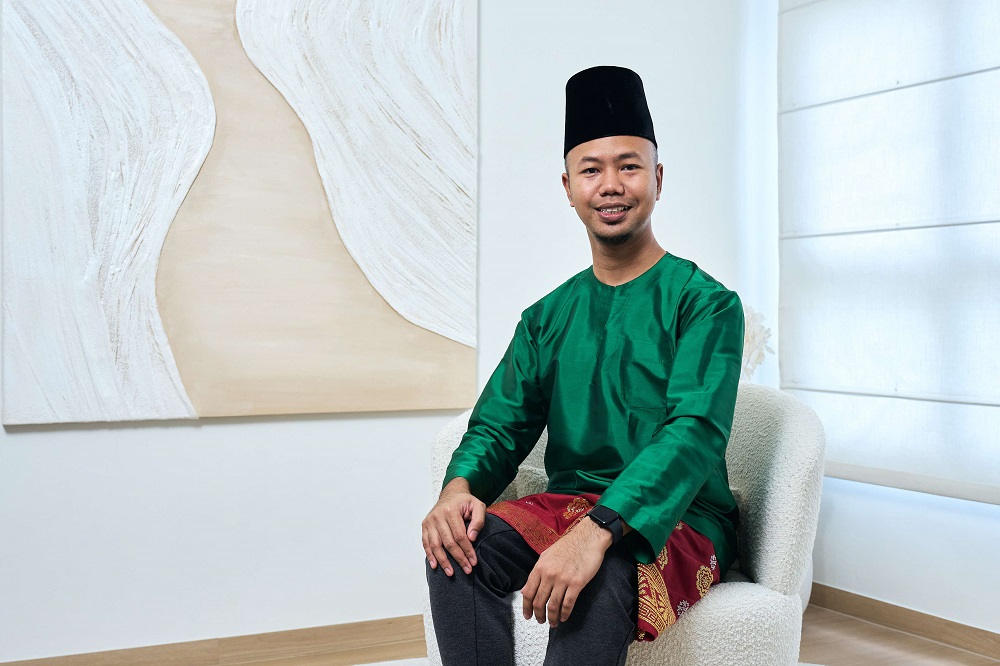Object size: 002: H0.7 x W6.5 cm
Boxes were amongst the earliest types of vessels made at Dehua, although square seal paste boxes such as this appear to be quite rare. This piece has bracket feet, neatly fitting lid and a creamy glaze that has been likened to mutton-fat jade. Seal-paste box complements seals. Seal paste was made by mixing vermilion pigment with a red pigment—cinnabar—in a castor oil base. Ceramic is the ideal material for seal-paste containers as it is impervious to both the oil and pigment.The origins of seal paste, either during the Song (960-1279) or early Ming (1368-1644) dynasties, are debatable. Jade, glass and more frequently porcelain were the favoured materials. The remains of red seal paste are still visible within the small firing cracks inside this box.Dehua, located on the southeast coast of Fujian province, is well known for its production of white porcelain, known to Europeans as 'blanc de Chine'. The earliest Dehua porcelain was produced as early as the 14th century but the production and quality of these porcelain peaked around the 17th and 18th centuries.




